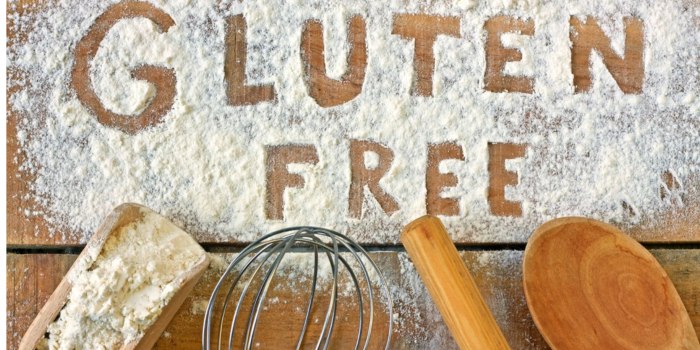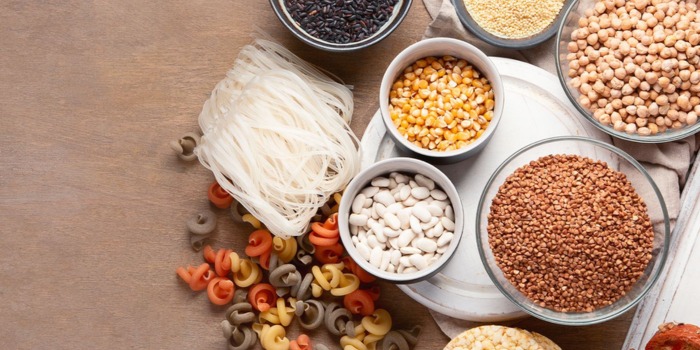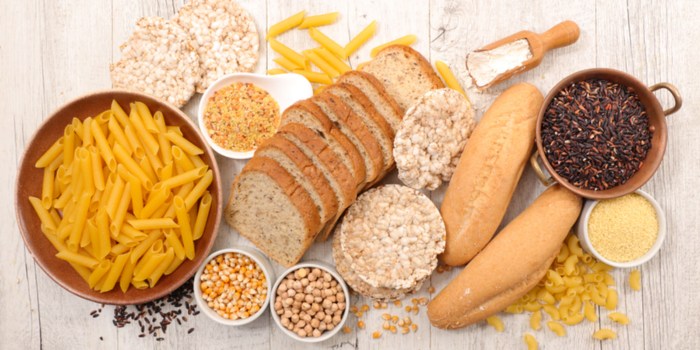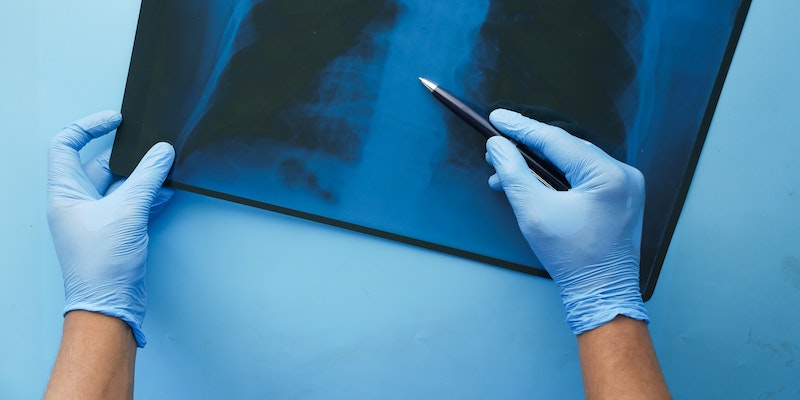People who have celiac disease need a proper diet as there is no treatment available for it. Because gluten is a major problem here, a gluten-free diet is the only available solution. However, some people have a gluten allergy, making it a crucial step for their health.
So, what should you eat while suffering from this disease? If you are unsure, we are here to tell you about the foods you should strictly avoid and what you can eat to remain healthy. Also, we have discussed some benefits you can get from this diet.

Foods To Eat And Avoid In Gluten-Free Diet
For a gluten-free diet, the first thing you must know about food is there's zero tolerance for gluten. It is a specific type of protein found in wheat, barley, etc. It can damage the small intestine villi responsible for the absorption of nutrients there. Damaged villi may lead to malnutrition problems in your body.
So, you must know what foods are without gluten traces and what you should avoid strictly. The following sections provide a list of gluten-free foods and snacks for you. However, we also provide a list of the foods that you should avoid during this diet.
Gluten-Free Meals
Gluten-free meals can help you a lot to avoid severe conditions either for your allergy or disease. These meals don't have a trace of gluten, making them a healthy choice for a gluten-free diet. So, add these foods to your diet plan to make it varied and nutritious.
Meat
Many options are available in the market when you think about meat, like poultry, beef, or seafood. But you cannot eat anything cooked as a meat-based food. But, you must be careful about breaded or marinated meat. Such food may contain wheat, which is a source of gluten. So, you must verify first if you are eating any meat-based food.
Fruits and Vegetables
In the market, you may see two types of fruits and vegetables: fresh and processed. To have the best diet plan, you must go for fresh, naturally available fruits and vegetables like apples, bananas, peaches, mushrooms, bell peppers, onions, carrots, etc. These are naturally gluten-free foods to eat in your diet. However, it is recommended to avoid canned, frozen, dried, or pre-chopped fruits to stay healthy.
Beans
There are a lot of naturally gluten-free beans that you can eat in your diet. However, some types may contain gluten, making them a picky choice for celiac patients. So, here is a list of beans you can eat in your gluten-free diet.
- Pinto beans
- Black beans
- Garbanzo beans
- Black-eyed peas
- Cannellini beans
- Kidney beans
- Soybeans
- Mung beans
- Fava beans
However, the beans that you should avoid are canned, frozen, baked, pre-packaged, or high-cost beans. You should also avoid eating lentils and green peas to prevent risks.
Arrowroots
It is a tuber found in Indonesia, which is a naturally gluten-free food. You can use its powder in various gluten-free recipes. It can be used as an alternative to wheat flour. Thus, whenever you need to cook food based on wheat flour, you can use arrowroots powder instead of skipping the food.
Eggs
Naturally, eggs are gluten-free, and you can eat them without hesitation. Cooked eggs can be unhealthy as there is a risk of gluten traces getting into them during cooking. So, always cook them by using the washed pan and spatula that you use to cook for other things as well.

Rice
It is naturally gluten-free but can have its traces because of having contact with barley, wheat, or rye. So, it is recommended to purchase rice that is certified as gluten-free.
Corn
Corn is a gluten-free food and not harmful to persons with celiac disease. However, it is recommended to check labels saying gluten-free because it may have contact with gluten-containing foods.
Buckwheat
You may be suspicious about this food as it contains the word wheat in its name. But it is a gluten-free food that you can add to your diet plan. It is not wheat but a flowering plant that produces leafy vegetables.
Quinoa
It can be a healthy food for people with a gluten allergy but can cause issues for people with celiac disease. Because of a protein prolamin in Quinoa, which is also present in cereal grains, it may cause trouble. But, some products are cross-contaminated and gluten-free. So, always purchase Quinoa that is labeled as gluten-free.
Soy
Soy is gluten-free, but we usually use soy-based products like soy sauce, soybean oil, soy flour, or soy milk. All of these are gluten-free except the soy sauce. Manufacturers include wheat while making soy sauce. So, you can use soy products except soy sauce.
What Foods Have Gluten
Many foods here contain gluten, and you may not be aware of this. Thus, you must know these foods to avoid getting sick. A gluten-free diet must not have traces of gluten, so you must part ways with these foods. So, the following is a list of foods you should avoid.
Grains
- Wheat
- Semolina
- Wheat berries
- Graham
- Rye
- Barley
- Malt
Common Foods Containing Gluten
- Bread
- Pasta
- Noodles
- Baked Items
- Sauces
- Chips
- Biscuits
Gluten-Free Diet Benefits
It is hard to follow your gluten-free diet, but it is essential for your health. So, you must be careful while planning your diet, especially if you are a celiac disease person. The following benefits are here for which people choose to have this diet.
- To relieve digestive symptoms
- Chronic inflammation in Celiac disease
- Allergy
- To boost energy
- For weight loss
All these benefits are linked to this diet, but it is mainly for the persons having celiac disease.

Conclusion
For a gluten-free diet, you must plan everything in the beginning. So, the list of food you can eat is here to mark down the products you can have for your diet plan. For the foods you are not sure about, you can consult your doctor before adding to your list.




